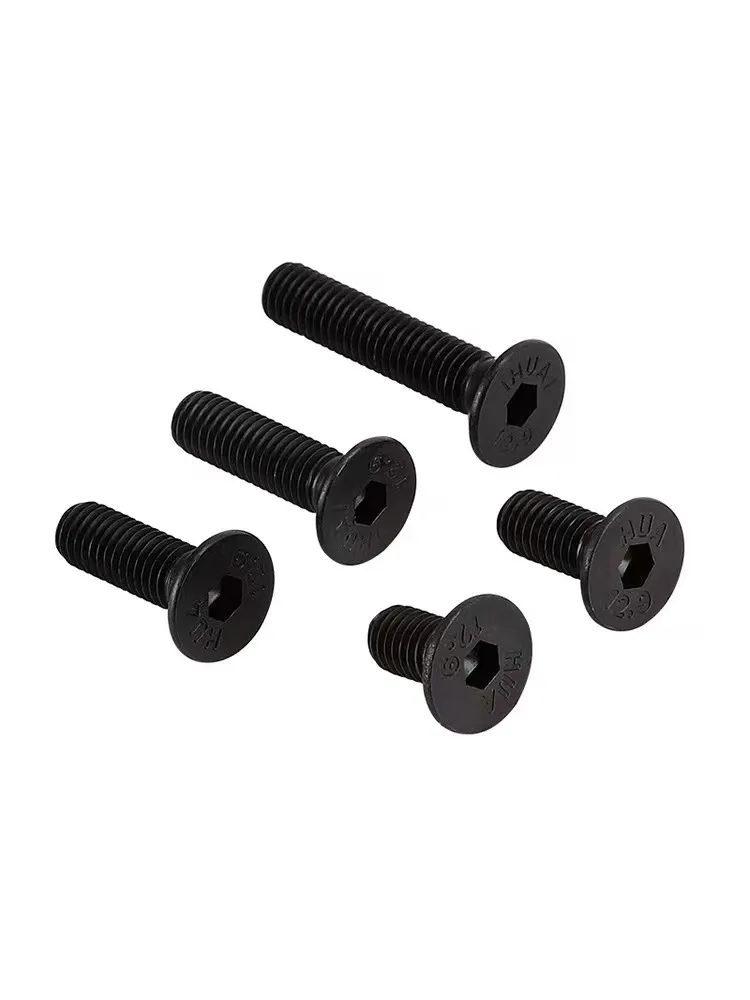

M5 Plain Washers - High-Quality Fastening Solutions
Sep . 08, 2024 06:31 Back to list
M5 Plain Washers - High-Quality Fastening Solutions
Understanding the M5 Plain Washer A Critical Component in Engineering and Manufacturing
In the world of engineering and manufacturing, seemingly simple components can play a crucial role in ensuring the integrity and functionality of a final product. One such component is the M5 plain washer. Although it may appear to be a basic disc of metal with a hole in the center, the M5 plain washer serves various essential purposes that make it indispensable in various applications.
Understanding the M5 Plain Washer A Critical Component in Engineering and Manufacturing
One of the primary functions of the M5 plain washer is to distribute the load of the fastener. When a screw or bolt is tightened, it exerts pressure on the material being fastened. The washer acts as a buffer, spreading this pressure evenly over a larger surface area, which helps prevent damage to the underlying material. This is particularly important in softer materials, such as plastics or thin metals, where localized pressure can lead to deformation or cracking. By reducing this concentration of stress, the M5 plain washer effectively prolongs the lifespan of both the fastener and the components it secures.
m5 plain washer

Moreover, plain washers enhance the stability of fastened joints. When subjected to vibrations or dynamic loads, such as in automotive or aerospace applications, a connection can loosen over time. The M5 plain washer helps maintain tightness by providing a frictional surface that resists these movements. This can be crucial in environments where safety is paramount, as even a slight loosening of a fastener can lead to catastrophic failures.
In terms of materials, M5 plain washers are typically made from various metals, including steel, stainless steel, and aluminum. Each material offers different benefits, such as corrosion resistance or reduced weight, allowing engineers to select the most appropriate washer based on the specific demands of their application. For instance, stainless steel washers are favored in outdoor or marine environments due to their rust-resistant properties, while aluminum washers might be used in lightweight applications where minimizing mass is crucial.
Furthermore, M5 plain washers can come in different finishes, such as zinc plating or anodizing, enhancing their durability and performance. These finishes not only protect against corrosion but also improve the aesthetic appeal of the final product, which is increasingly important in consumer-oriented industries.
In conclusion, while the M5 plain washer might seem inconsequential at first glance, it is, in fact, a vital component that contributes significantly to the performance and reliability of mechanical assemblies. Its role in load distribution, stability, and material protection underscores its importance in engineering and manufacturing processes across an array of industries. Understanding the function and application of the M5 plain washer allows engineers and technicians to make informed decisions that enhance product quality and safety.
Latest news
-
High-Strength Hot Dip Galvanized Bolts - Hebei Longze | Corrosion Resistance, Customization
NewsJul.30,2025
-
Hot Dip Galvanized Bolts-Hebei Longze|Corrosion Resistance&High Strength
NewsJul.30,2025
-
High-Strength Hot-Dip Galvanized Bolts-Hebei Longze|Corrosion Resistance&High Strength
NewsJul.30,2025
-
Hot Dip Galvanized Bolts-Hebei Longze|Corrosion Resistance&High Strength
NewsJul.30,2025
-
Hot Dip Galvanized Bolts - Hebei Longze | Corrosion Resistance, High Strength
NewsJul.30,2025
-
High-Strength Hot Dip Galvanized Bolts-Hebei Longze|Corrosion Resistance, Grade 8.8
NewsJul.30,2025

